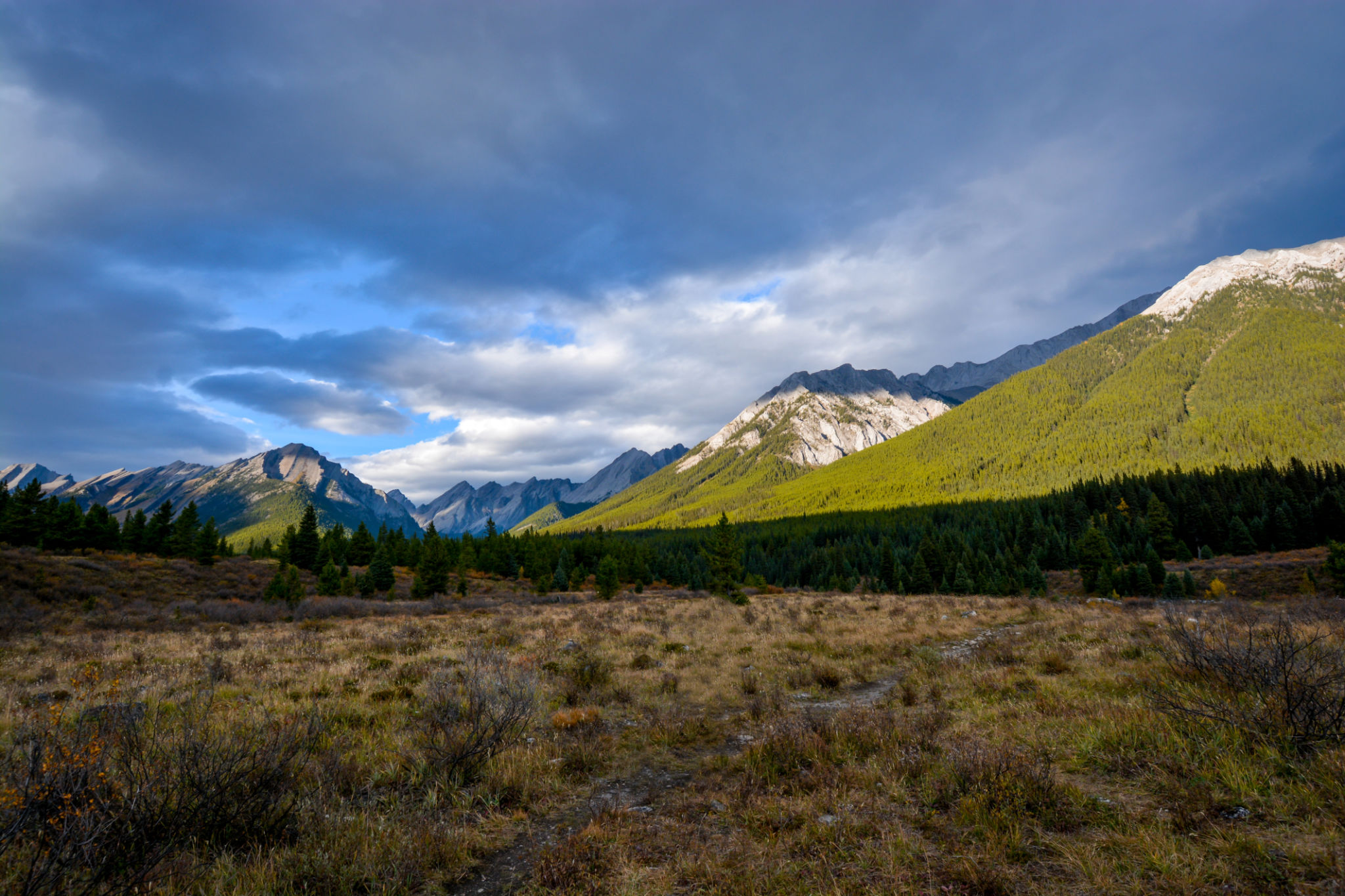Seasonal Guide to Seed and Sod Installation in Johnston County
Understanding Johnston County's Climate
Johnston County, North Carolina, boasts a unique climate that provides a distinctive opportunity for homeowners and landscapers looking to establish lush lawns. With its humid subtropical climate, the area experiences mild winters and hot, humid summers. This makes it crucial to time seed and sod installation effectively to ensure the best results.

Choosing the Right Time for Seeding
Seeding can be done in either spring or fall, but fall is often preferred in Johnston County. The cooler temperatures and increased rainfall during this season help seeds germinate more effectively. The recommended period for fall seeding is from mid-September to early November.
Spring seeding is also an option, typically from March to late April. However, it requires more watering due to the drier conditions. Regardless of the season, ensure that the soil temperature is consistently above 55°F for optimal seed germination.
Sod Installation: A Year-Round Option
Sod installation offers flexibility as it can be performed throughout the year. However, the best times are during the cooler months of spring and fall. Installing sod in these seasons allows it to establish roots before the extreme heat of summer or the cold of winter.
When laying sod in summer, extra care is needed to water regularly, preventing it from drying out. In winter, avoid installation during periods when the ground is frozen.

Preparing Your Lawn for Seed and Sod
Preparation is key for both seed and sod installations. Start by testing your soil’s pH level and adjust it to be between 6.0 and 7.0 for optimal grass growth. You can use lime to increase pH or sulfur to decrease it.
For both methods, clear the area of debris, weeds, and rocks. Tilling the soil lightly will improve aeration and allow for better root penetration. For seeding, ensure a smooth, even surface to promote uniform growth.
Watering and Maintenance
Watering is crucial during the early stages of both seed germination and sod rooting. For seeds, maintain a moist surface by watering lightly two or three times a day until germination occurs. Once seedlings emerge, reduce frequency but increase depth of watering.
Sod requires immediate watering after installation and should be kept moist for the first two weeks. Gradually transition to a regular deep-watering routine as the roots establish.

Choosing the Right Grass Type
The choice of grass is vital in achieving a healthy lawn in Johnston County. Popular warm-season grasses like Bermuda and Zoysia thrive in the local climate. These grasses are drought-tolerant and provide a lush, green appearance during the summer months.
Cool-season grasses, such as fescue, are also a great choice for fall seeding due to their resilience in cooler temperatures and ability to stay green year-round.
Conclusion: A Beautiful Johnston County Lawn
By understanding the climate patterns and following optimal timing guidelines for seed and sod installation, you can achieve a vibrant lawn in Johnston County. Carefully choose your grass type based on seasonal preferences and maintain proper care for long-lasting beauty.
Whether you’re opting for seed or sod, diligent preparation and maintenance will ensure your lawn becomes the envy of your neighborhood.
